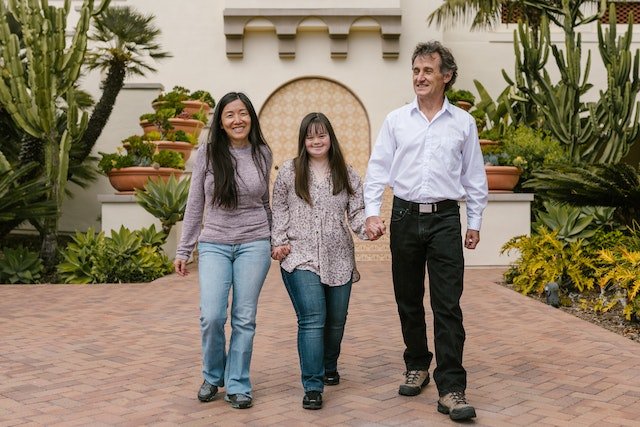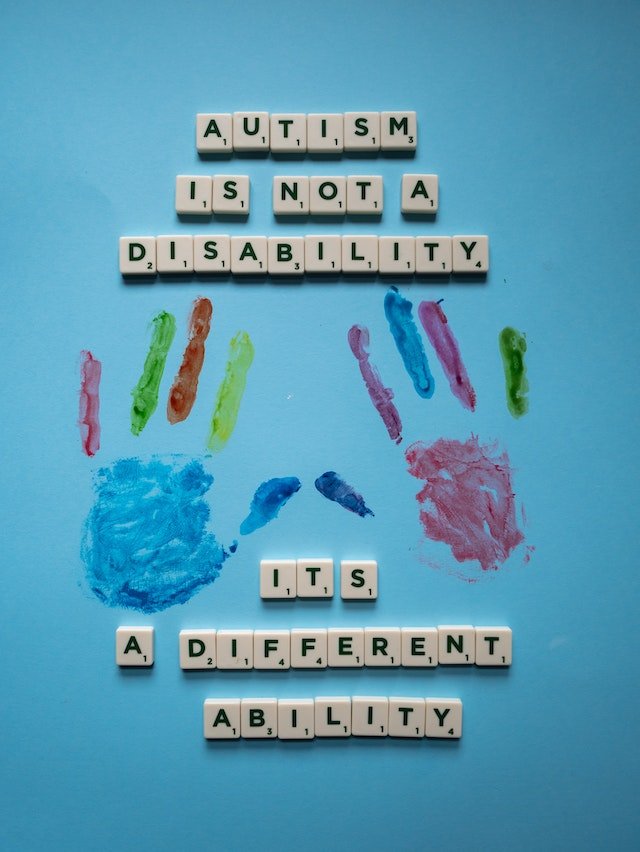Boost Your Awareness About Autism
It’s autism awareness month. Here’s what our autistic therapy clients* want you to know.
We love our autistic clients. We trust them to tell us exactly what they think of the work we’re doing. They know what they like and don’t like, or want and don’t want. And the joy they experience when they share their interests with others is spectacular.
But not everyone treats them with love. And the #1 reason why is a lack of understanding. We make assumptions about how people function. And we forget that those assumptions don’t apply to everyone.
It takes work to build your awareness of what works for others. (Think of what it takes to understand your partner or child, for example.) Reading this post is a great start.
It may have some words or ideas in it that are new for you. And that’s ok! If you’re not sure what these terms mean to the autistic person in your life, you can always ask. And if they don’t want to be asked, we think they’ll let you know.
It can be great to be autistic (neurodivergent)
Autistic people can live great lives! They are assets to the companies they work for. They enjoy friendships and relationships. They have hobbies, love music, and travel. In other words, autism doesn’t have to stop them from doing what they want to do.
Autism isn’t the problem. But it can make life more difficult.
Autistic people have the greatest difficulty when they are expected to not be autistic. In other words, when we expect everyone to be comfortable in spaces that are loud, crowded, and brightly lit. Or we assume a needed sensory break as optional, and work right through it.
When we don’t understand the needs of the autistic people around us, we are more likely to push them into situations that don’t work for them. We also might misinterpret their actions when they become overwhelmed. When this happens over and over, an autistic person may start to avoid engaging with us.
It’s also this process that limits access to employment, or engagement in social activities. Sometimes it feels safer to stay home than to show up and be misunderstood. To minimize misunderstanding, a person with autism may learn to mask.
When neurotypical people understand us, we can stop masking.
What is “masking?”
Masking means intentionally hiding behaviors associated with autism (or ADHD, or another condition). Masking is done to fit in, or to avoid attracting negative attention. Examples include pretending to understand jokes or euphemisms that aren’t clear. Or hiding a repetitive motion under clothing or behind a school desk.
Masking is a survival strategy for environments in which the autistic person’s needs are not respected. Autistic children and teens often mask at school. If the therapist isn’t neurodivergence friendly, people may even mask in therapy.
Neurotypical vs. neurodivergent
The term "neurotypical" refers to people who function how we generally expect people to function. The term is often used to indicate that the person is not on autism spectrum. And also does not have other neurodevelopmental conditions such as attention deficit hyperactivity disorder (ADHD), dyslexia, or Tourette's syndrome. Neurotypical is not a diagnostic term, but rather a term used to describe individuals who do not have a specific neurological condition or developmental difference.
“Neurodivergent” refers to people whose neurological development and function differs from what we might expect. For example, a person with ADHD or autism is considered neurodivergent. It's important to recognize that neurodivergence is not a disorder or illness, but rather a natural variation in neurological development.
Neurodivergent people may experience differences in communication, social interaction, sensory processing, learning, and behavior compared to neurotypical peers. These differences may be challenging in certain environments, but they also bring unique strengths and perspectives.
Montgomery County, Maryland is neurodiverse. So are Bethesda, Silver Spring, and Rockville.
Every community across the USA is neurodiverse. This means it contains both neurotypical and neurodivergent people. Many of our families are neurodiverse as well. Neurodiversity simply means that we, as people, vary in our neurological makeup. In other words, we all have different brains.
To function well, our communities must respect the needs and value the strengths of neurodivergent people. True neurodiversity means full inclusion of both neurotypical and neurodivergent people. In other words, we should be seeing autistic people everywhere we go.
Sometimes people use “neurodiverse” and “neurodivergent” to mean the same thing. If someone is calling themselves “neurodiverse,” they typically mean they are not neurotypical. You may also hear someone call themselves an “autistic person” or “person with autism.” The general rule is to refer to people in the same words they use to refer to themselves.
Person first vs. autistic identity language (Person with Autism or Autistic Person?)
The collection of traits that we call “autism” is a natural variation of human brain development. The medical field views autism as a condition that limits the individual’s ability to participate in certain activities. In other words, a disorder. This description doesn’t feel accurate to many autistic people. Autistic people often enjoy the unique perspective and abilities that autism gives them.
If an autistic person experiences their autism as part of their identity rather than a medical condition, they may choose to use “identity first language.” This means referring to themselves as an “autistic person” in the same way you might say “tall person” or “smart person.” Identity first language is also called “autistic identity language.”
The alternative to identity first language is “person first language.” Use of person first language typically means that the person sees themselves as a person first and foremost. Their autism is something they live with, but may not feel like part of their identity. Many people who have received an autism diagnosis have a strong preference for “person first” or “identity first” language. Language preferences are personal and should always be respected.
Because the world is not always neurodivergence friendly, most autistic people do seek a diagnosis. Currently, the diagnosis of Autism Spectrum Disorder is the key that unlocks access to a neurodivergence friendly world. It may enable the person to attend a school that works well for them. It connects them to services, nonprofits, and programs with specific expertise in helping autistic people thrive.
The neurodivergent way can be the better way!
Like we said above, our autistic clients give their opinions very directly. If you aren’t expecting that, it can be a little startling. But it’s actually much clearer than the ways neurotypical people usually communicate their opinions. We often try to protect or manage others’ feelings by giving a negative opinion indirectly. Or even lie about how we feel. What’s our usual response to “how are you?” Fine. Even if we feel terrible.
That’s confusing, and not just for autistic people. For all of us! Research has shown that we’re actually not able to control others’ emotions. But we keep trying. And we keep getting it wrong.
When studying the social skills of people diagnosed with autism, researchers have discovered that trying to communicate with non-autistic people is the issue. Autistic people collaborate and communicate very well with other autistic people. So how do we bridge that gap?
Neurodivergence friendly therapy matters.
When family members don’t see eye to eye, life gets harder. And autistic people most often live in families that also include non-autistic people. Neurodivergence-friendly therapy seeks to bridge the communication gap between family members, ALL of whom have different brains. It avoids pathologizing the autistic person’s (or person with ADHD’s) point of view.
When we are treating neurodiverse families (and that’s most families!), we are helping them to communicate more effectively. To manage anxiety. And to understand each other’s brains. We help with practical ideas too. Such as how to travel well with a neurodivergent family member, or think more flexibly.
We’re not eliminating the Autism or the ADHD. We’re expanding your family’s ability to live well with your neurodiversity. And to enjoy it! When you’re ready, we’re here.
We are seeing clients in person in our Kensington, Maryland office. Online services are available for clients who prefer to meet via Zoom.
*Please note that we serve clients who most often are diagnosed with ADHD and/or autism “level 1” or “level 2.” We are not experts in autism level 3 or the treatment thereof.




